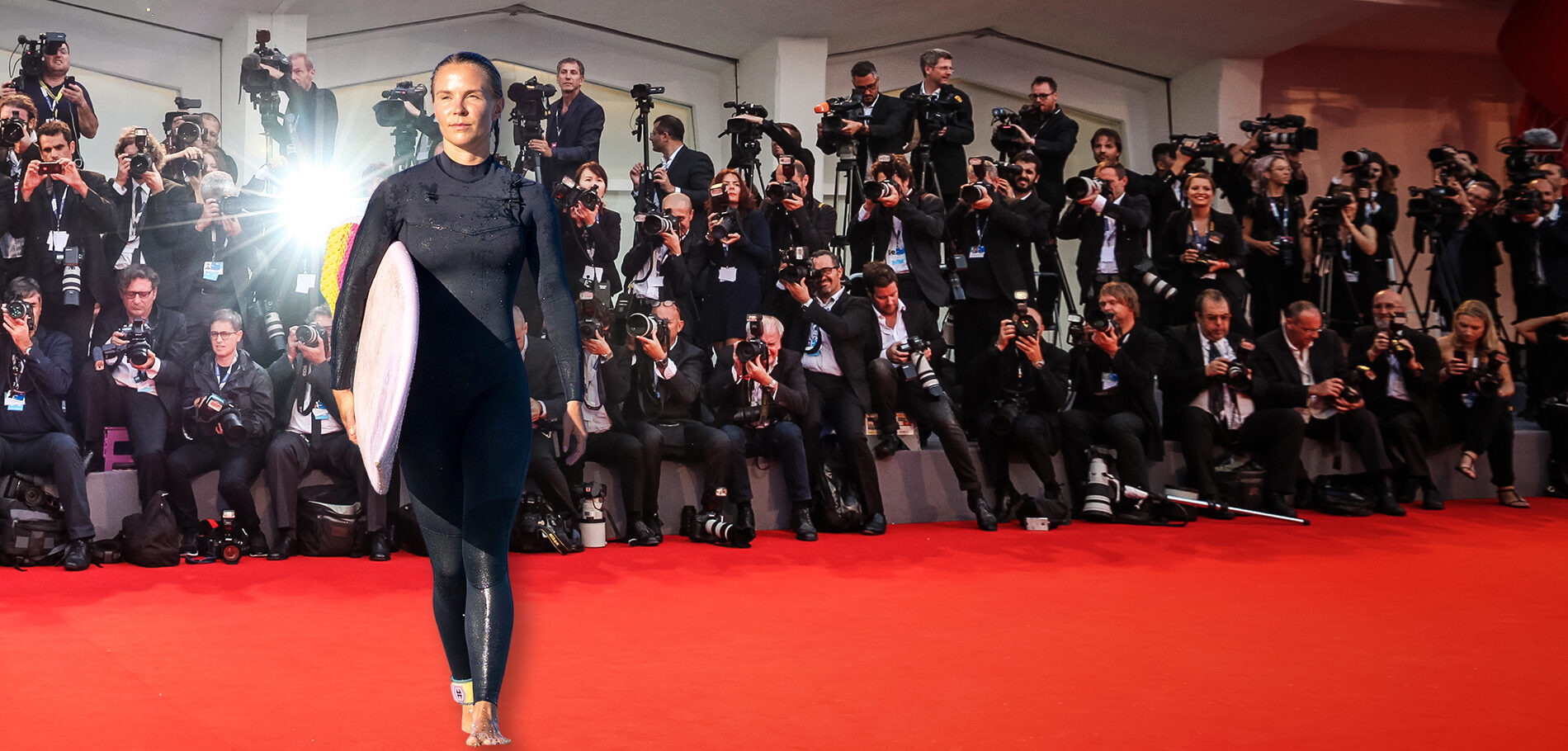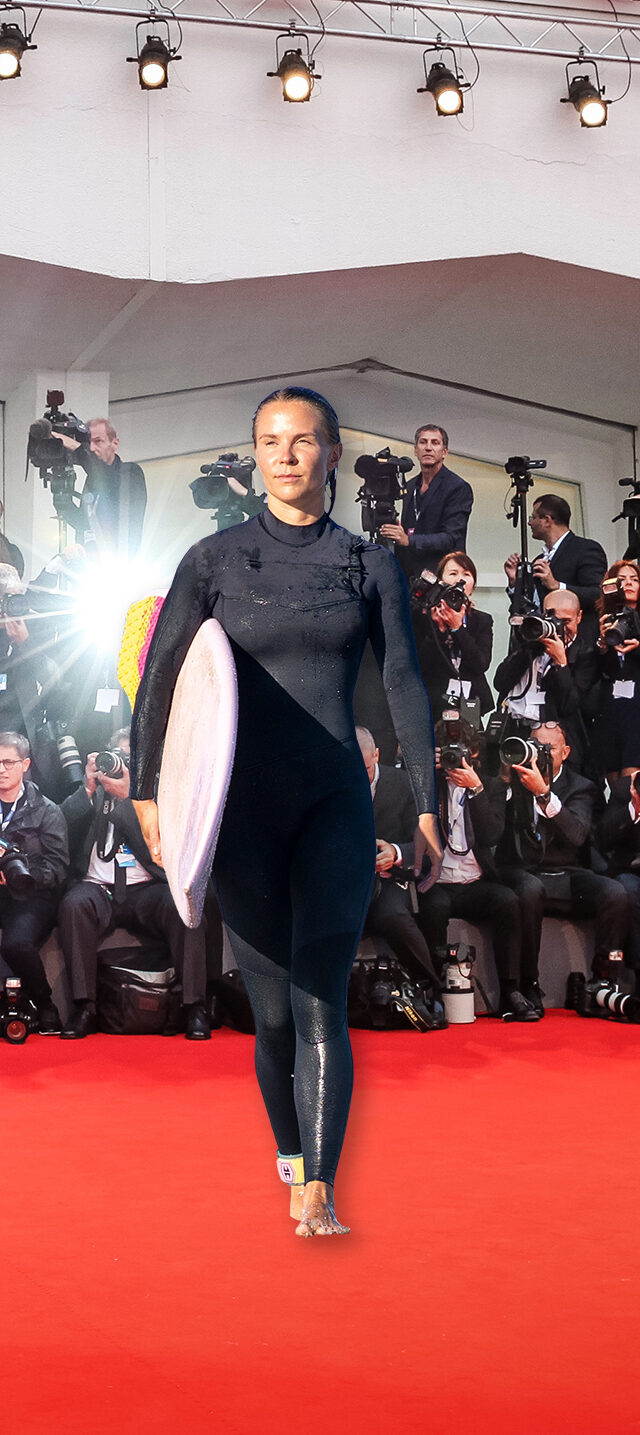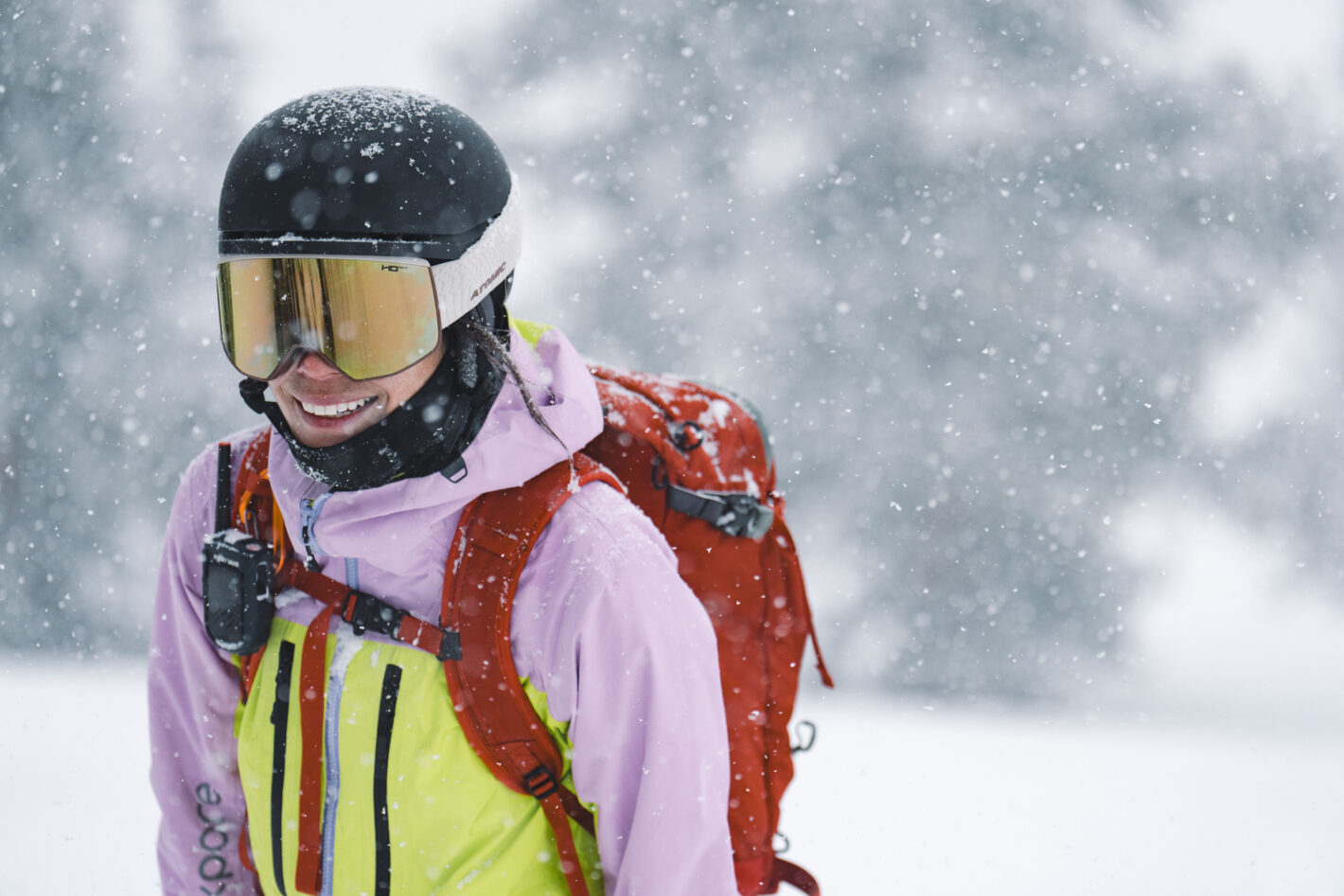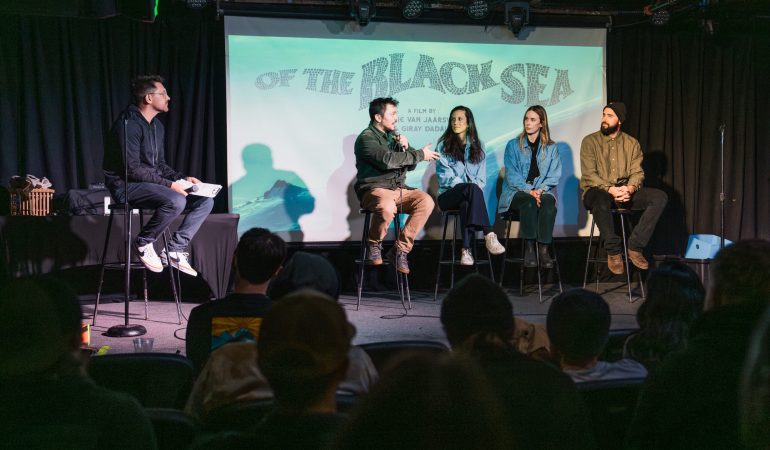So what can athletes and the brands who believe in them learn from the influencer/creator crowd? According to professional skier Sierra Schlag, there’s plenty, and it benefits an athlete’s bottom line to do so. After all, they are the ones taking the physical risks.
Before she hung out her shingle as an athlete, with sponsors like Atomic and OnX Backcountry, Schlag worked as online retail giant Evo’s social media manager, where she learned how the game is played. It was shocking stuff: “I saw how much more creators got paid than athletes, and it’s a pretty big gap,” she says.
Athletes, says Schlag, need to take a page from the influencer playbook and, in addition to the bigger passion projects they’re working on, which reinforce authenticity, feed the social media beast without wavering on credibility.
Not to do so is career suicide says Kevin Luby, a former magazine editor who now works as a digital marketing consultant with a specialty in making Meta perform for his clients. “The Meta algorithm is the most powerful marketing tool ever created,” says Luby. “Ignore it at your peril.”
Luby believes outdoor brands, and the athletes who represent them, should be working harder to master social media marketing. “I’d coach every one of my athletes to be more effective content creators, even if I’m already realizing value from the partnership in other ways—like coaching in-person clinics or film inclusions.”
Of course, like most things, that’s easier said than done. Because of tweaks to the Meta algorithm, Crawford admits that it’s hard to create predictable social media success with any given post. “Just because you spend a good chunk of money and make a cool short film, that doesn’t necessarily mean that many people will ever see it on social,” he says. “The distribution end can be a mystery. People are seeing less and less content from the people they follow.” Crawford wonders if even someone like Thovex could have the same success today with “One of Those Days 2” that he did in 2015.
To master the new algorithm, Schlag says, athletes have to be online a lot. She recommends at least 5–10 hours a week. She posts on Instagram and TikTok, but takes a bit of a hiatus in the summer, which she says is fine because her audience is coming to her for snow content. It takes time to build an audience, but that is still the initial goal. “Algorithms come and go, but if you have built an audience, they’ll stick with you,” she says.
Yeti Cycles CEO Chris Conroy points to Nate Hills and his “Friday Followcam” videos as an example of someone who has built and maintained a huge audience over the years, making him one of the bike brand’s most valuable marketing partners. In Hills’ case, he doesn’t spend inordinate amounts of time with edits. But he does spend inordinate amounts of time on his bike riding with fellow pros or capturing events. “He is a machine,” says Conroy. “He’s got life figured out.”
Even with a solid YouTube and Instagram following, though, Hills is adapting to those algorithms in a few important ways. In addition to his 10- to 20-minute long “Followcam” edits, Hills posts shorts on Instagram and YouTube, and he makes them vertical because that’s how the audience watches videos on smartphones. Figuring out what works and what doesn’t is challenging, but it’s worth the effort. As the marketer Luby says, paraphrasing famed YouTube creator Mr. Beast. “Anytime you say the word algorithm, just replace it with ‘audience.’ The algorithm didn’t like that video? No. The audience didn’t like that video.”
Another important wrinkle, says Schlag, is that on Instagram, athletes should create Reels rather than Posts because the algorithm that controls Posts mostly pushes them to that account’s followers, whereas the one that controls Reels will feed them to the entire network. Crawford says that the metric he looks at for gauging success is whether the account’s Reels regularly exceeds its follower numbers. Candide Thovex is a good example. He’s got 1.2 million Instagram followers but his Reels average more like 3 million views. Across his social media accounts, today he’s mostly posting videos shorter than a minute, and like him, they go huge.
Neither Thovex nor Hills do much talking to the camera, but with their followings they don’t really need to. Most athletes should however, says Schlag. In a feed that’s now “full of advertisements and influencers plugging stuff, people want real content,” she says, and the easiest way to do that is to talk to the camera about something relatable. The freeride mountain biker and YouTube phenom Rémy Métallier always walks viewers through his recon—and talks openly about crashes and how to learn from them.
In her feed, says Schlag, some of her most popular posts are those where she talks about her struggles, like say, coming back from injuries. What she knows works but can’t bring herself to do is to make posts that are especially cringey or sexed-up. “My rule of thumb is whether I’d feel awkward if a random friend from college saw my post,” she says. “But I know that the people who are willing to go there are getting paid a lot more than I am.”
There are other viewership boosting techniques that Schlag does practice though. The first is to use trending songs. The second is to engage within the comments. Accounts that are highly engaged both in the comments sections of their own posts and within the comments sections of other accounts are rewarded by the algorithm.
Engaging with the audience isn’t for everyone, but if an athlete can pull it off, it delivers results. The Canadian Olympic cyclist Alison Jackson likes to dance in her reels, and former Olympic marathoner Molly Seidel does a lot of talking directly to the camera. Both lack the kind of spine tingling action clips that MacAskill, Thovex, Hills, and Schlag regularly post, but they’re legit athletes making social media work for them. Seidel’s most popular reel of 2024 touted a new watch from her sponsor Coros. Jackson’s, by more than 5 million views, was the announcement of a limited edition Poc-Cannondale colab helmet.
Of course, all this advice must be filtered for the individual athletes and the brands that support them. Athletes should never compromise their credibility for clicks. “The main thing we don’t want to do is turn our athletes’ social media feeds into a Black Diamond ad,” says Peters.









